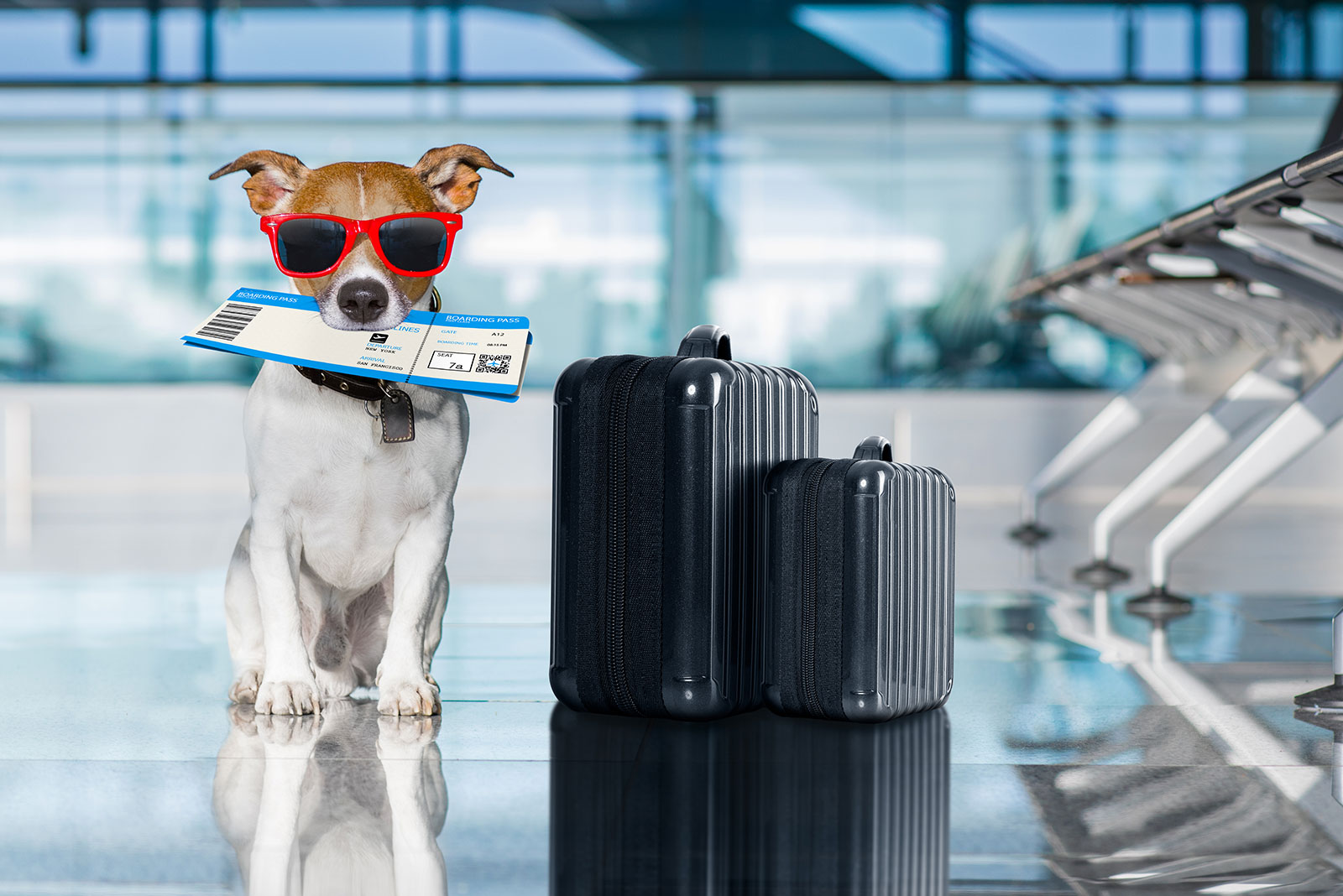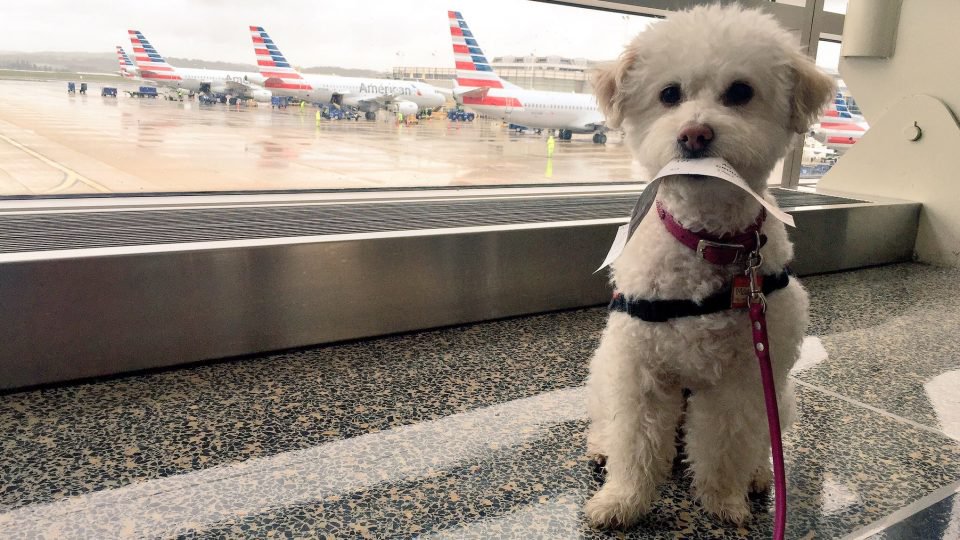
So last week was your birthday and the love of your life surprised you with tickets to go on your dream vacation. But there’s only one issue: you don’t want to leave the second love of your life (your pet) behind. Not to worry! Traveling with your pets is not impossible. And if you are not sure how to proceed, you’ve reached the right place! In this article, we will help you by giving you some criteria which you should consider before traveling with your pets. Happy reading.
Passport
If you are traveling abroad, check what documents are required by the authorities at the beginning and at the end of the trip (your vet will be a good source of information). When traveling within the European Union, the pet’s passport, microchip identification and rabies vaccination are compulsory and must be done 21 days before travel. Check the rules for leaving and returning to your country; e.g. the dog must be at least 15 weeks old at the time of travel. There are also some exceptions to the rules and protocols may vary when traveling outside the EU; so check with your vet, just to give you peace of mind.
Packing

Make sure you have packed enough of the pet’s food to eat before you leave to avoid having to buy a different food that may cause stomach upset. Also, don’t forget his favourite toys, a blanket and a bed to make him feel safe in his new environment.
Planning
Your dog may need to be treated for certain types of parasites and/or fleas 24 hours before you return home. Remember to check the requirements for the return journey before leaving home. It is important to find out who can help you at your destination before you travel.
Airplane

Some airlines allow dogs in the cabin (although there are exceptions to this rule); most will consider the dog as cargo. Check in advance the regulations of the airline you wish to travel with. Discuss with your veterinarian the best options to ensure that your dog has as comfortable and safe a journey as possible.
You will need to acclimatise your dog at your destination. First, go for a walk. When you get back to the place where you will be staying, leave your dog on the lead and walk around quietly, inside and outside your new home.
Your dog needs to know the boundaries, where to sleep and where to go to the toilet. Be prepared for a few natural disasters inside. Behave as you would when you are first learning at home. Be consistent with your normal walking and feeding schedule. This will ensure that your dog is happy and settled in its new environment.
Ferry
Most ferry companies unfortunately do not allow dogs on board during short journeys. If this is the case and there is no safer alternative, check with the ferry company in advance about how often you will be able to visit during the journey. Remember to always leave plenty of fresh water so that he can stay calm and have a drink. Also, on warm or hot days, make sure your dog is safe. On longer or overnight journeys, you may need to muzzle your dog on deck.
Car
Think about the weather conditions and your journey in advance, especially if your car is not air-conditioned. Think about whether the journey is absolutely necessary for your dog. Never leave your pet unattended in the car, especially if the weather is warm. The safest way for your dog to travel in the car is to keep him in a crate in the back of the car, away from the airbags and accelerator pedal. Give him plenty of space. Line the cage with non-slip soft material or a bed so he is comfortable on the journey. If you don’t have a cage or the space you need, there are special seat belts available for your dog’s safety. Plan your journey carefully, stopping every two hours for a toilet and a drink. If your dog gets nauseous in the car, try not to feed him before the journey, or ask your vet for anti-nausea medication.
And once again, remember that your dog’s food is both the tastiest and the best for him, so make sure you prepare it well in advance.
If you have any questions or concerns about traveling with your dog, talk to your vet and, if possible, to the travel company where you booked the trip.
Have you ever travel with your pet before? Share your experience with us in the comments below!







